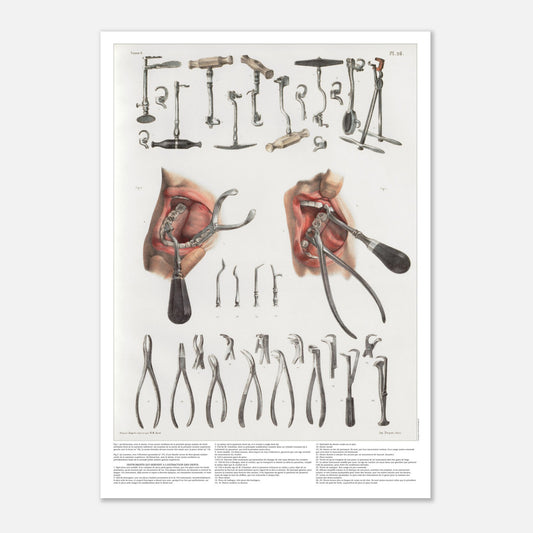Surgical Anatomy Chart - Dental Extraction Techniques and Instruments
Surgical Anatomy Chart - Dental Extraction Techniques and Instruments
Couldn't load pickup availability
Reproduction of the Anatomical Chart – Dental Extraction Techniques and Dental Instruments
This exceptional reproduction, taken from Bourgery and Bernard's famous Traité complet de l'anatomie de l'homme (1866-1871), offers a fascinating overview of dental extraction practices, as well as a rich inventory of the tools used at the time. The illustrations detail, with surgical precision, two distinct extraction procedures, involving wobbly molar roots and luxated incisors, using instruments such as forceps and pyramidal levers. Through these techniques, we observe the meticulous and expert approach of 19th-century practitioners to treating the most complex dental pathologies.
This plate is distinguished by the wealth of instruments presented, each carefully drawn and annotated to demonstrate its usefulness in contemporary dental care. The elegance and clarity of the engravings offer a captivating view of the tools used, reflecting the ingenuity of dentists of the time to improve the precision and safety of extractions. The reproduction demonstrates the illustrative expertise, capturing every detail and texture of the objects to create a work that is both informative and aesthetically pleasing.
Printed on high-quality paper, this reproduction is ideal for enriching a historical collection or decorating a dental practice. It combines a tribute to medical history with an artistic presentation, perfect for dental enthusiasts or medical art lovers. Its authentic and elegant rendering makes this piece a unique acquisition for any connoisseur.
Illustration caption:
FIGURE 1. (a) Extraction, with forceps, of a wobbly root of the first large molar from the right alveolar edge of the lower jaw.
(b) Luxation of the root of the first upper left incisor with the lever (no. 29), the disturbed root then being grasped with the right forceps (no. 13).
FIGURE 2. (a) Luxation, with the pyramidal elevator (no. 27), of a double root of a large carious molar tooth of the upper jaw.
(b) Extraction, with forceps, of a wobbly or previously luxated root of the second small upper left molar.
INSTRUMENTS USED FOR TOOTH EXTRACTION (HALF SIZE).
1. Modified speculum oris. It consists of two feet lined with tin, which are placed between the alveolar edges, which they separate by a screw movement. A lower plate is intended to contain the tongue. This instrument, already old and used at various times, is nevertheless uncomfortable, and remains unused.
2. Garengeot key, with its two accessory hooks (a and b). This instrument, undoubtedly the most useful of all, and to which Garengeot gave his name, although he only perfected it, has remained the most used despite the modifications detailed below.
3. The same key with a narrow bit (a), and a right-angled hook (b).
4. Key by Mr. Colombat, the main modification of which consists of a rotating cylinder (a) at the end of the bit, which makes the pressure less hard.
5. Another model. A half-ring, in which the indicator is received, governs the movements of the hook by a central rod.
6. Key with a leather-covered bit.
7,8,9,10. Various rotating keys which allow you to change sides without unscrewing the hooks.
11. Fox and Savigny key, whose hook, which can be moved at will beyond the bit, fulfills the same purpose as the Z hook.
12. Mr. Colombat's double-shank key, whose bit is notched in the middle and is intended to allow the alveolar edge to fracture only opposite the tooth to be extracted. As a general rule, to ensure dislocation without root fracture, it is important to line the bit with several turns of linen in a figure eight pattern, which are renewed each time.
13. Straight pliers.
14. Laforgue pliers, known as watchmakers' pliers.
15, 16. Elbow forceps or forceps.
17. End of the davit bent on the flat.
18. Incisor forceps.
19, 20. Parrot's beak forceps. They are, because of their vertical movement, less convenient to use than those with horizontal movement.
21. Forceps designed to extract roots by a rocking movement. (Unusual.)
22. Incisor forceps.
23. Drawer as it is used today; the bit of this instrument must be lined with linen.
24. The same instrument modified by us. The hook rod is received in a groove that the bit has, to avoid lateral oscillations.
25. Laforgue drawer. Its use is inconvenient.
26. Simplified pelican as it is made nowadays; formerly very used, it is now unused, and is only sometimes used to insert roots, which are then removed with forceps,
27. Pyramidal lever or elevator. The most useful of this type of instrument for luxating the roots of molar teeth.
28, 29. Various levers called carp or cat's tongue levers. They are less often useful than the previous one.
30. Lever called crowbar, today more and more unusual.
About this print
About this print
The layout and composition of this reproduction have been the subject of our greatest attention.
- Respect for the format of the original work: in order to faithfully transcribe the artist's intention, the work is not cropped/re-cut except in extreme cases (obvious imperfection, geometry problem, etc.) in which case the cropping will be as light as possible.
- The presence of white margins is sometimes necessary in order to present the work in a balanced manner.
- Each size offered has been specifically composed, therefore, the size of the white margins may vary from one print size to another. Remember to check this detail carefully!
- Print only, frame not included!
Features
Features
- Premium 200gsm matte white paper, durable and strong.
- Natural, smooth uncoated finish, silky to the touch
- FSC certified paper or equivalent certifications depending on regional availability.
- Each print is shipped in sturdy packaging, ensuring safe transport.
- Each print is printed and shipped on demand. No minimum order quantity is required.
Share !
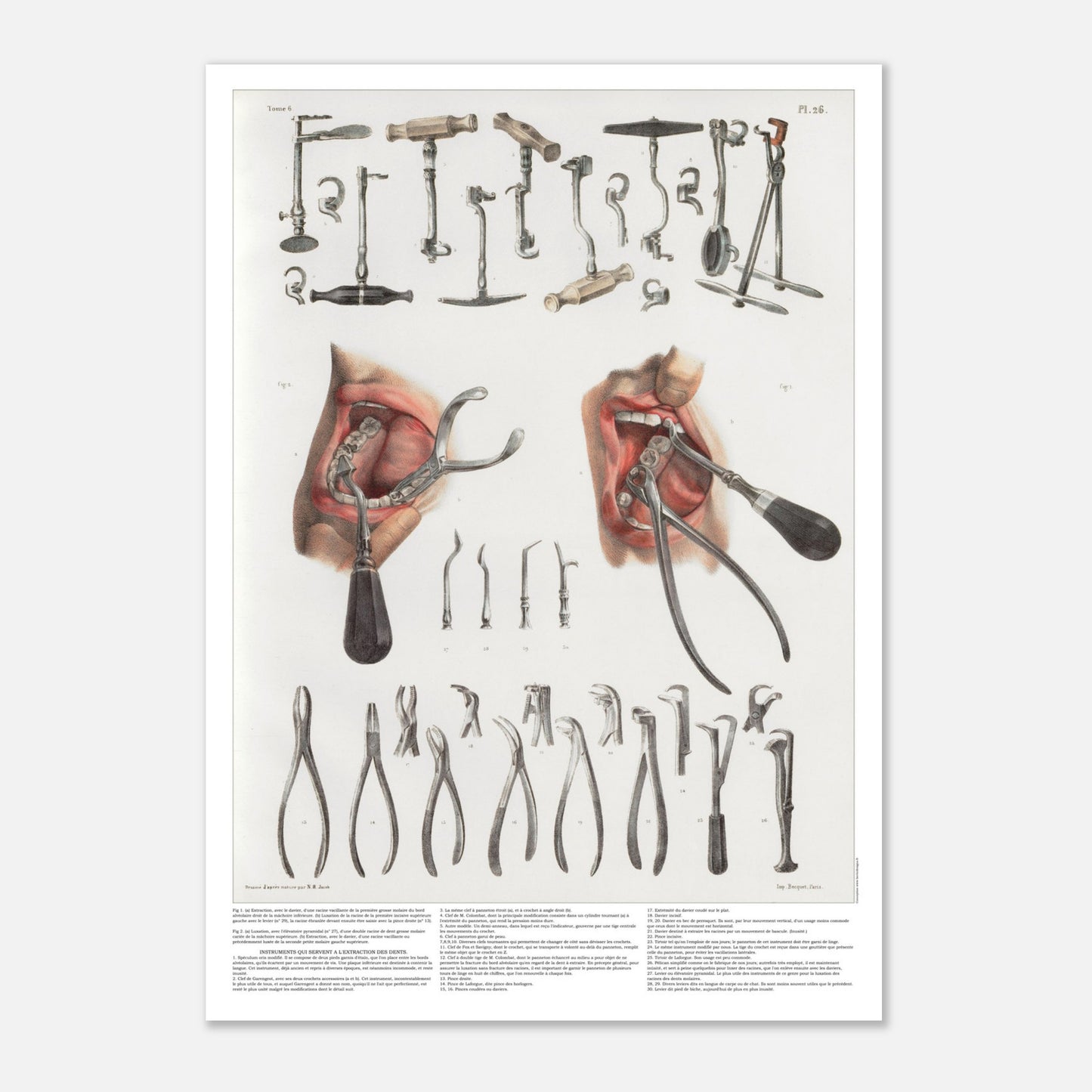
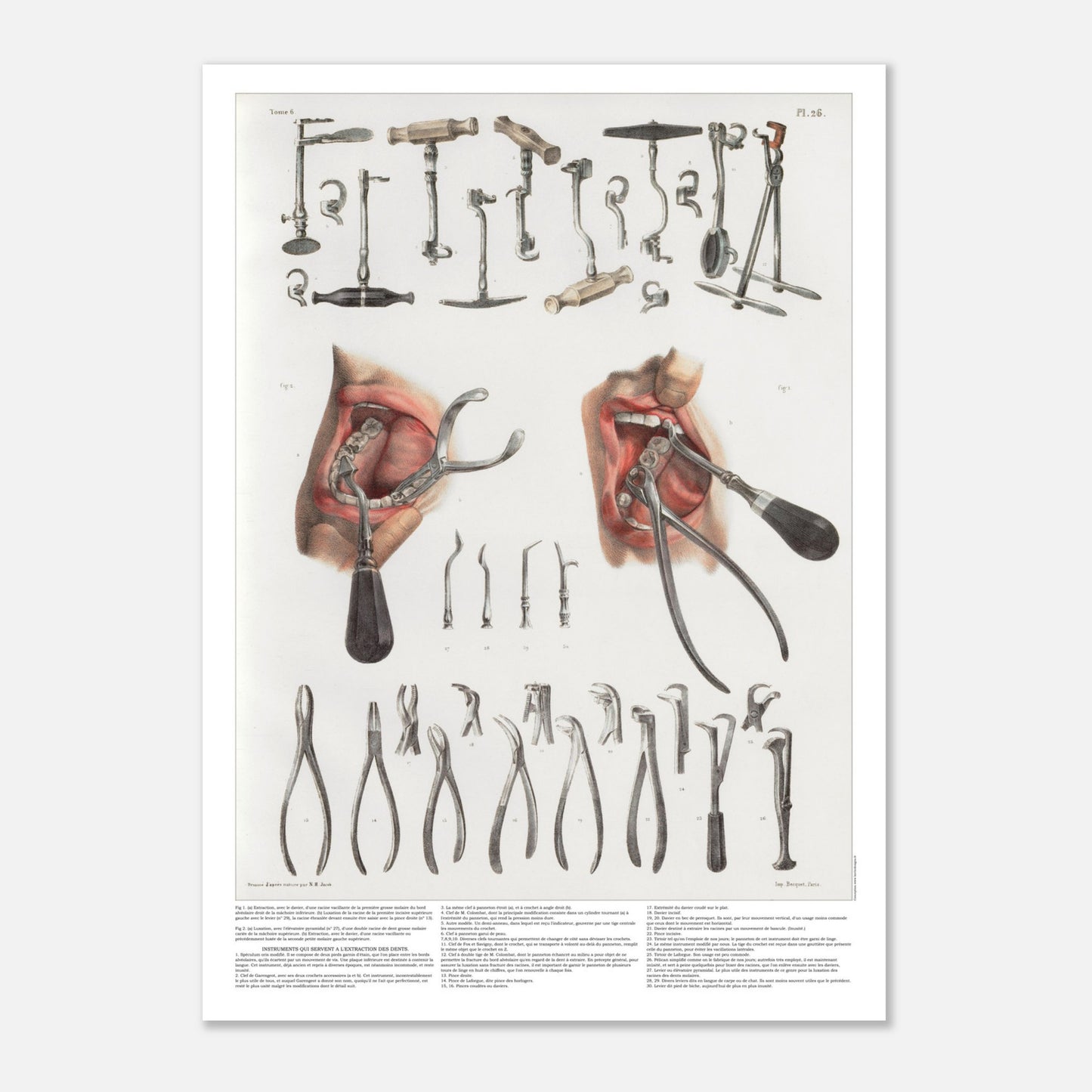
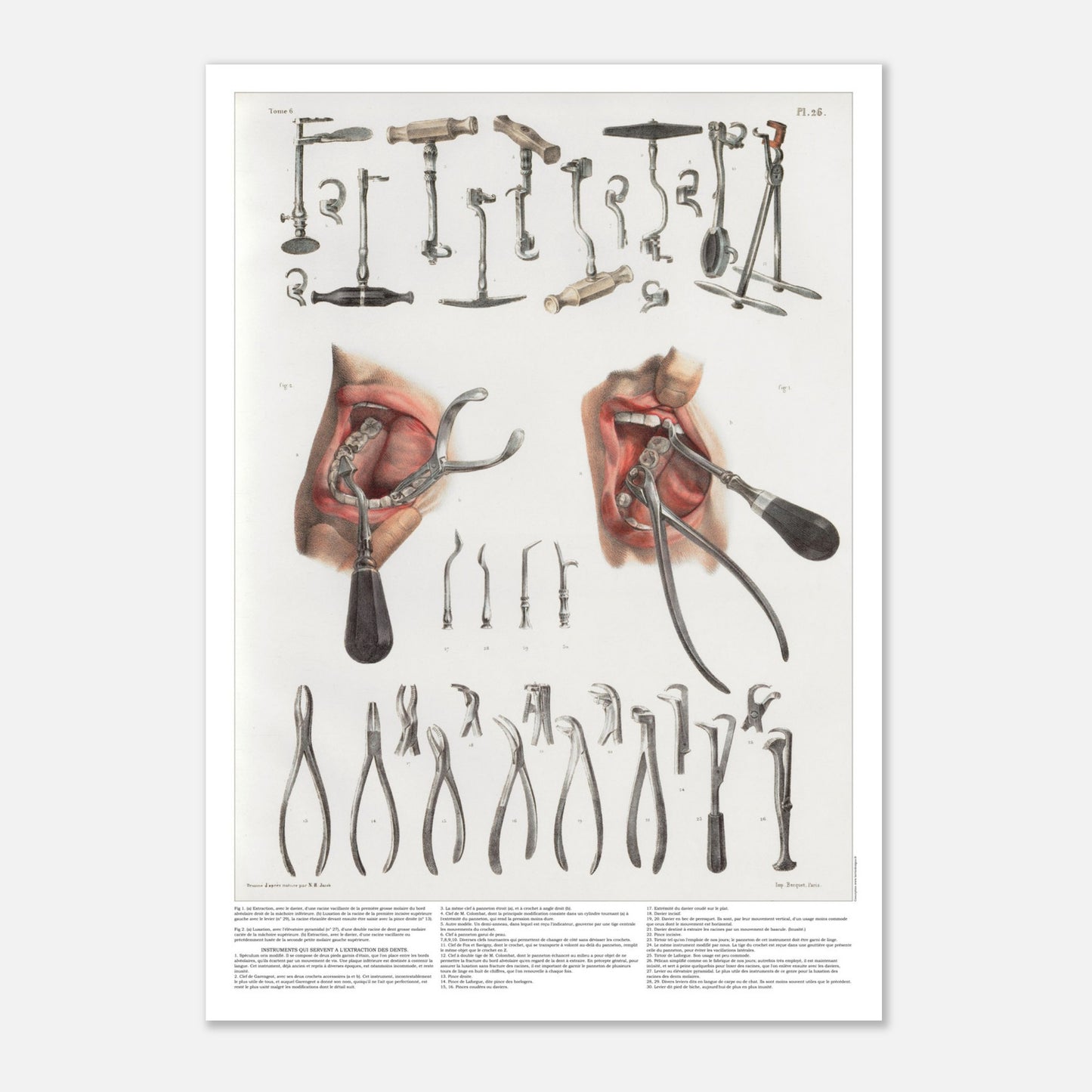
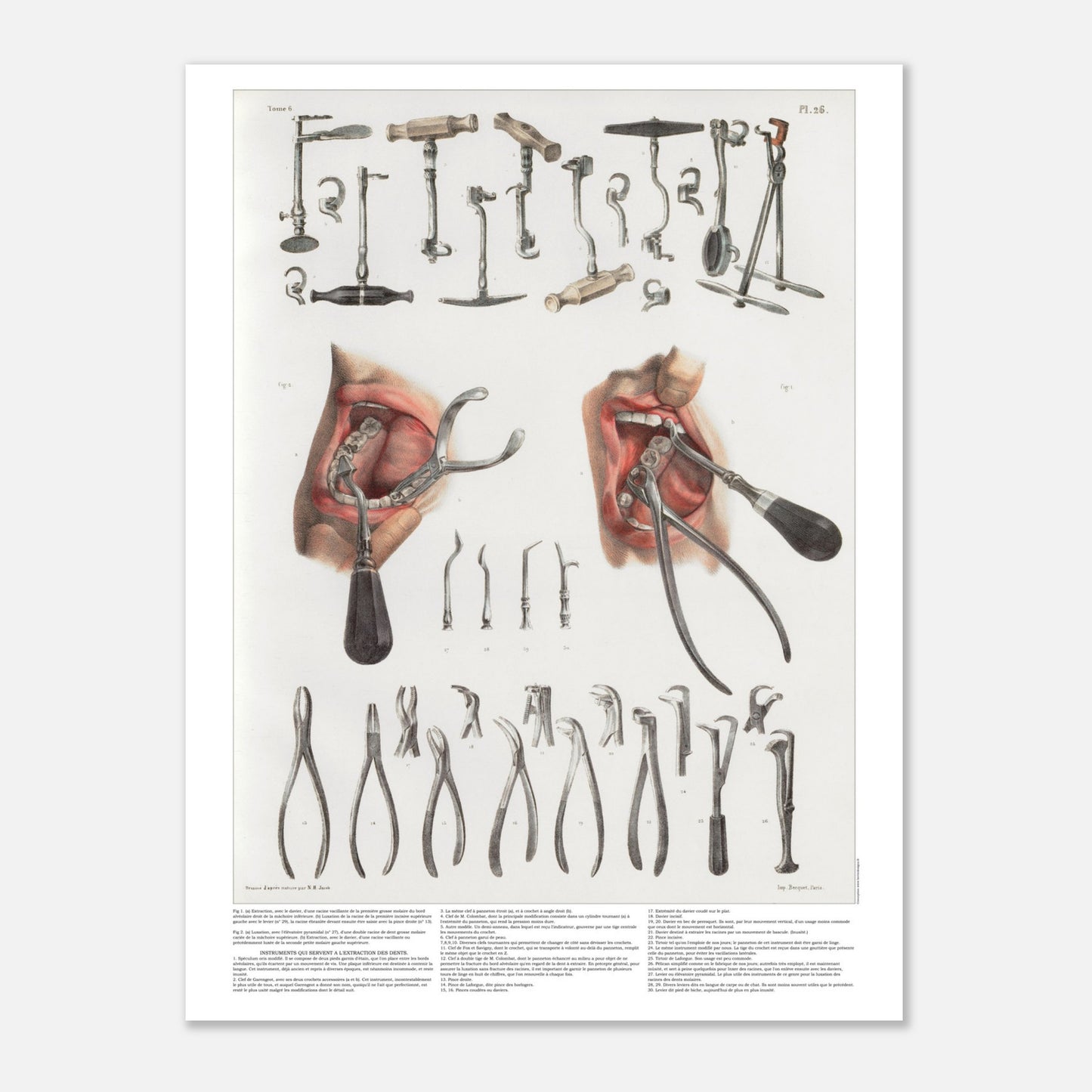
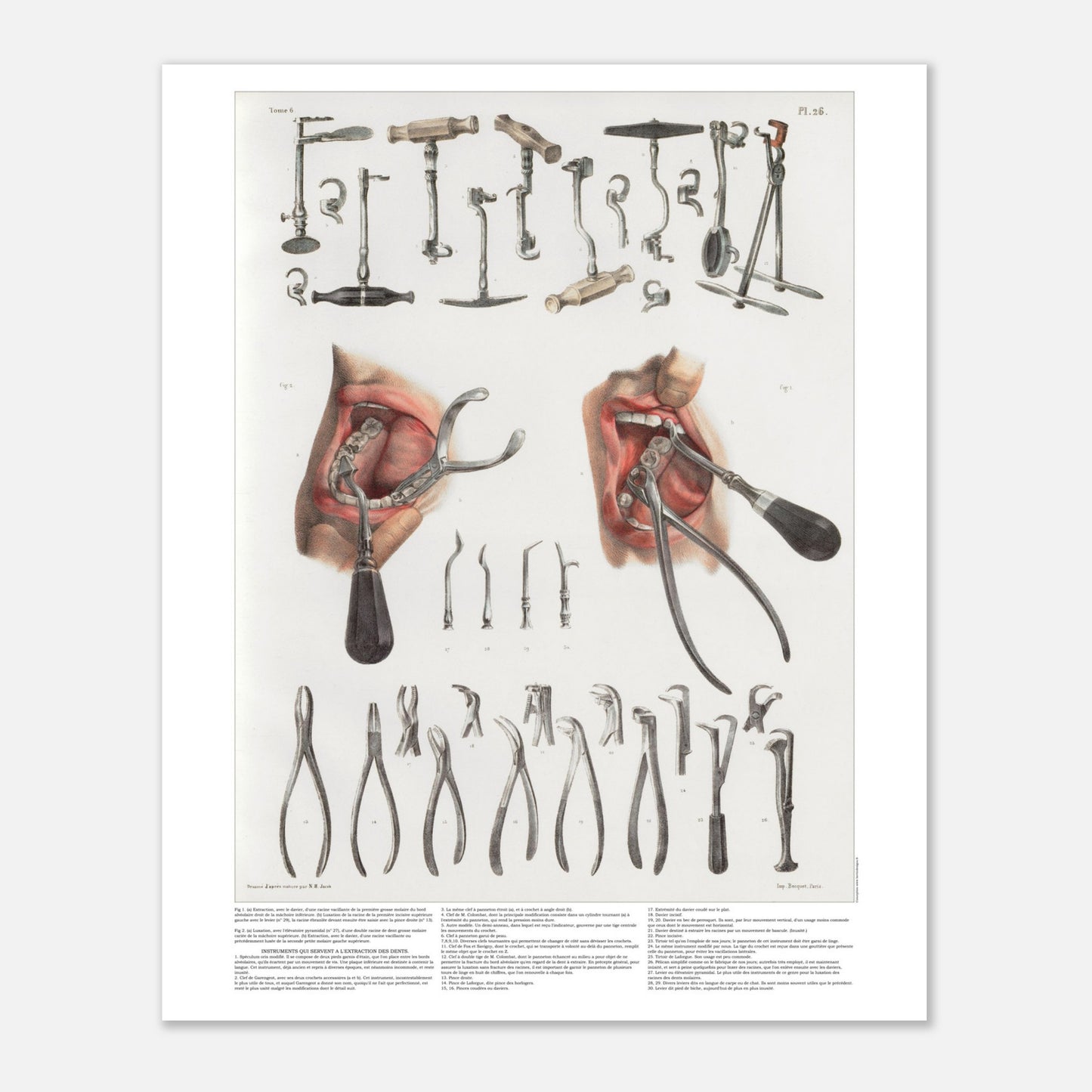
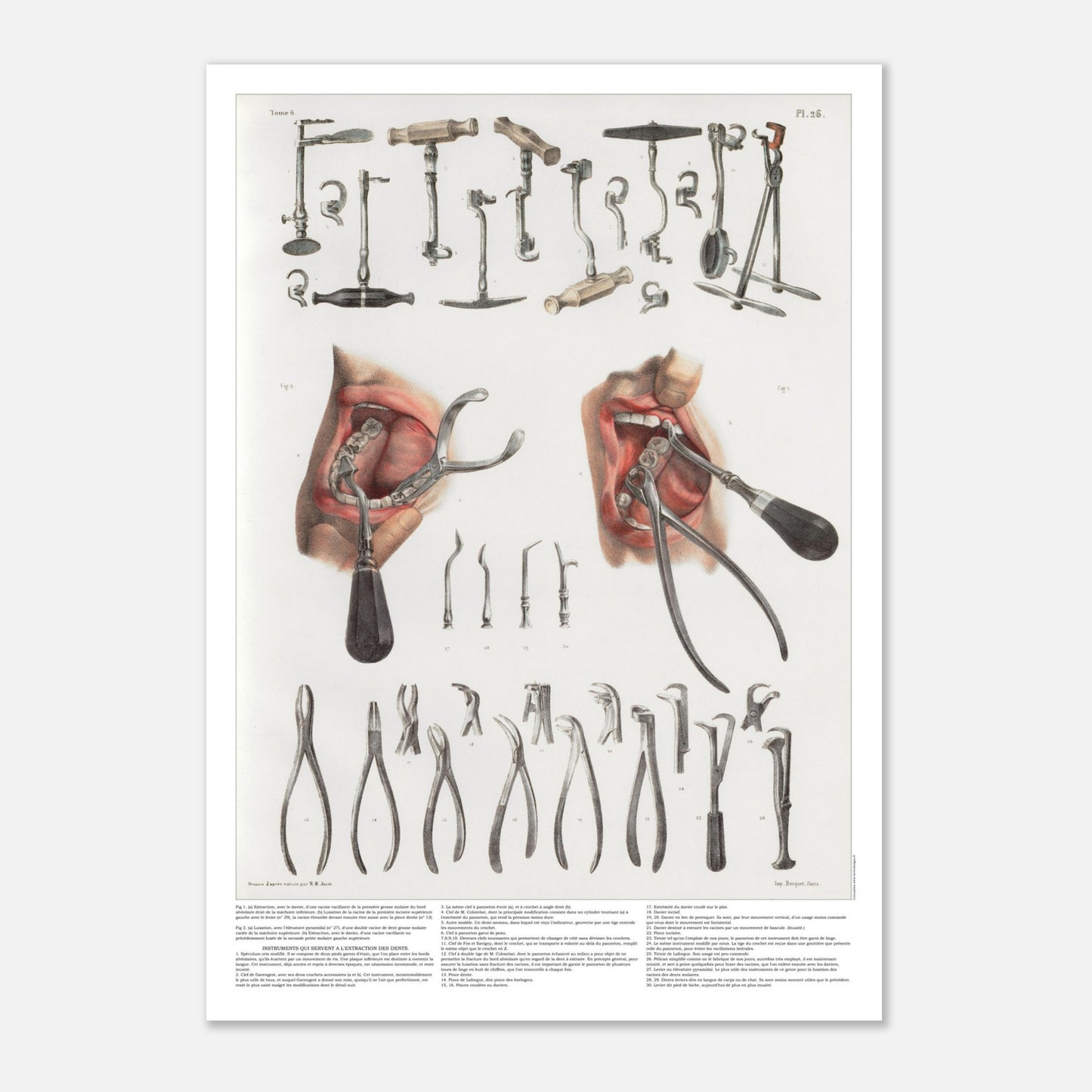
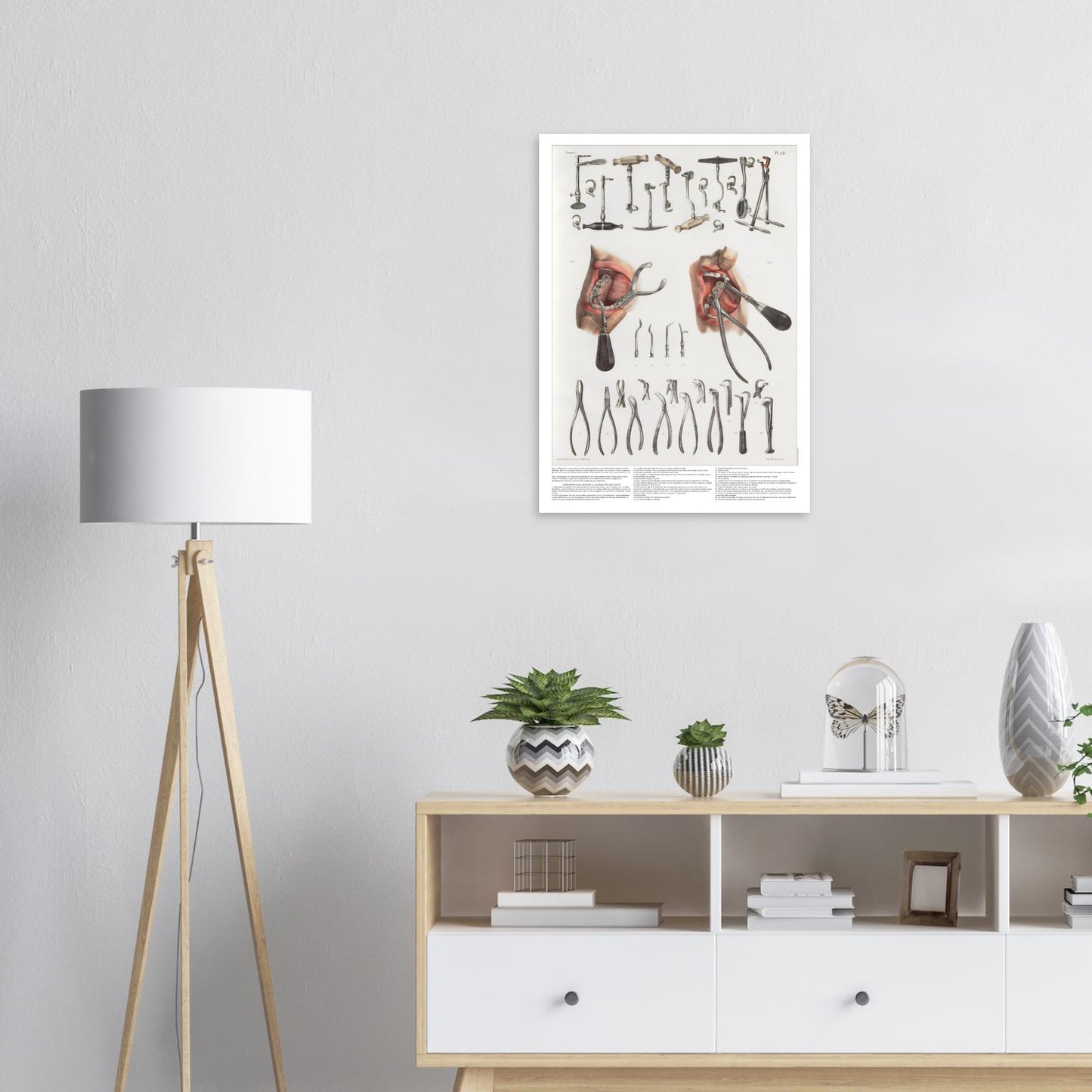
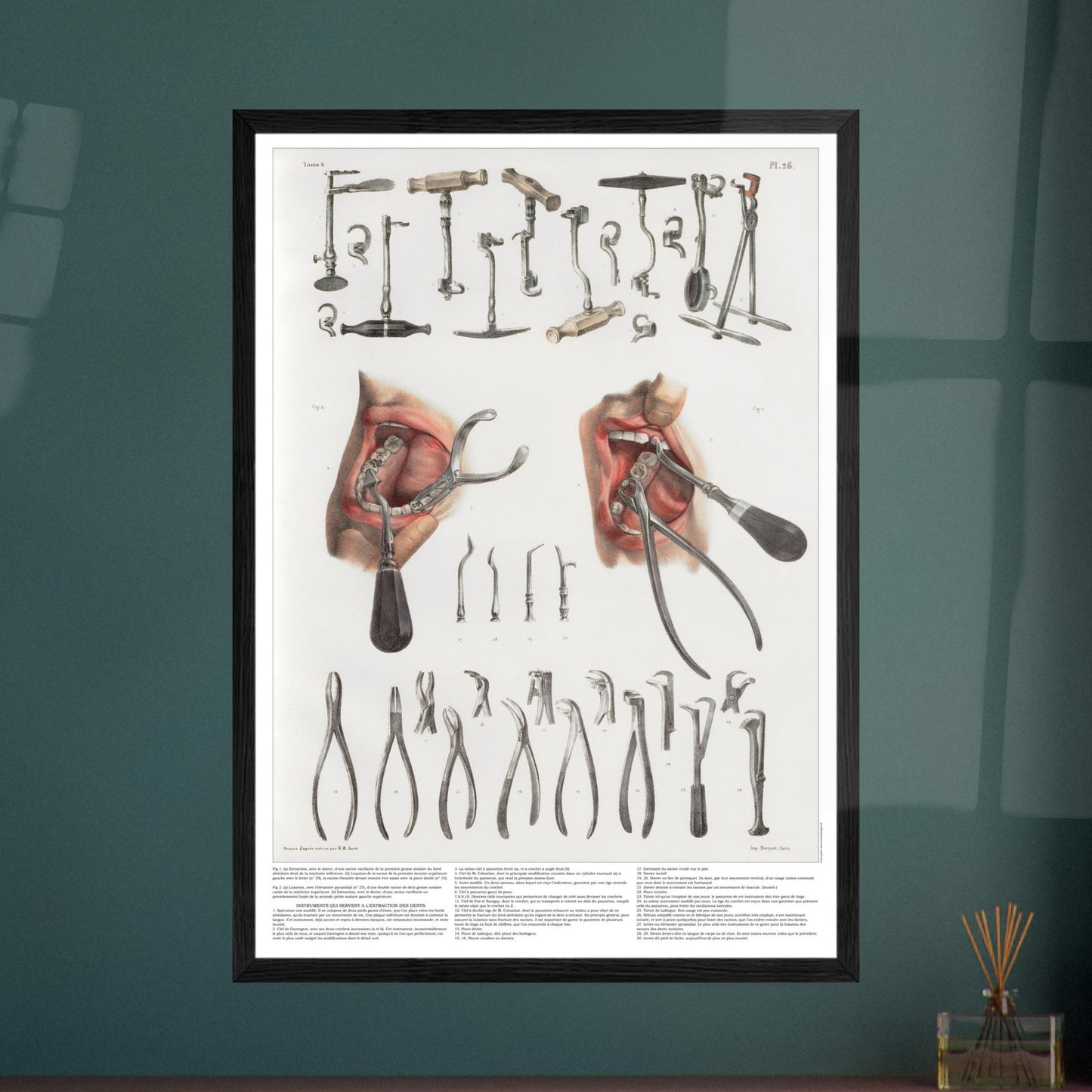
We are listening to you
If you are looking for a specific composition, a particular layout, or any other customization need, our team is at your disposal and will do everything possible to meet your requests.
So don't hesitate to...





